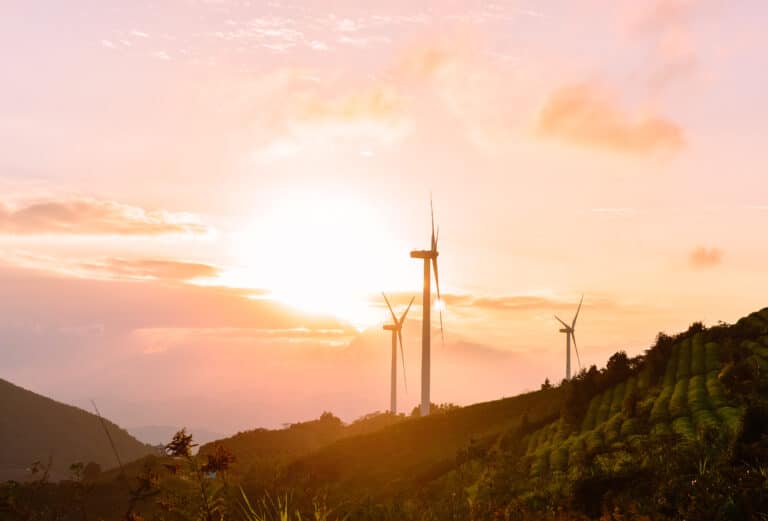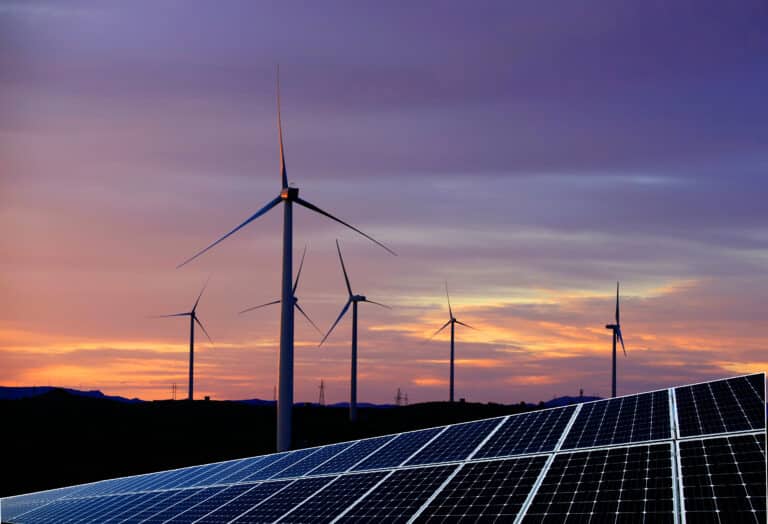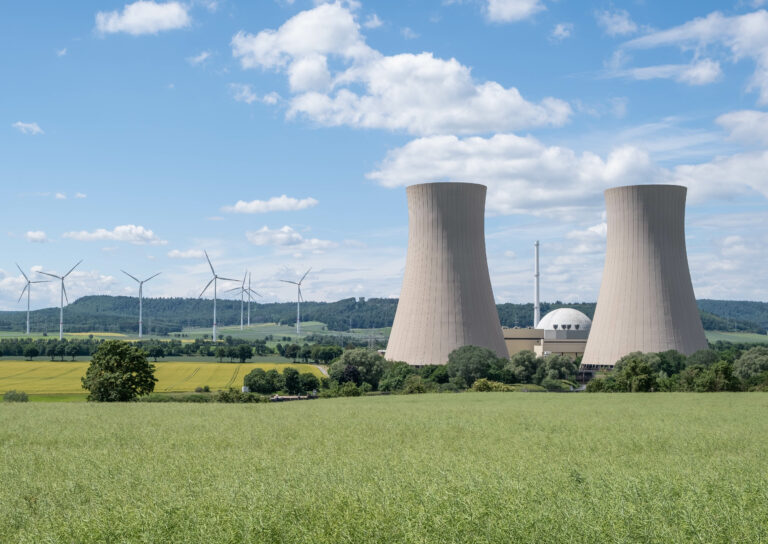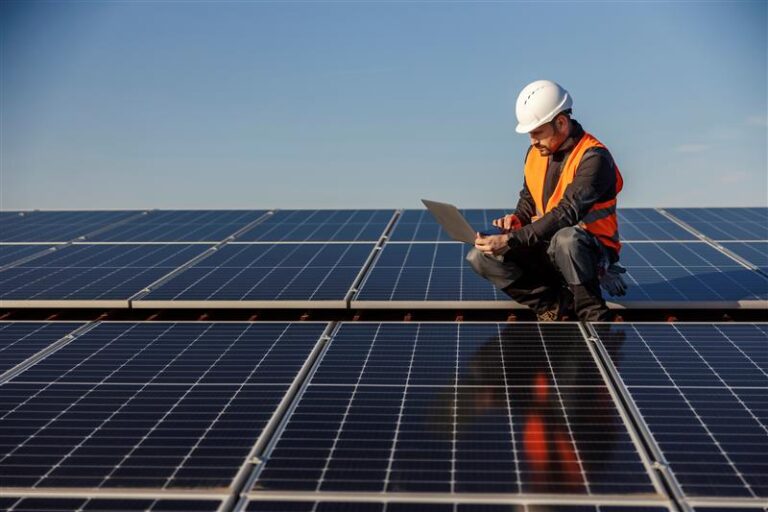Standing charges are often overlooked as a significant component of your business energy bill. While wholesale energy prices have fluctuated in recent years, standing charges have also contributed to persistently high overall costs. Understanding these charges is crucial for organisations aiming to manage and reduce their energy expenses.
Standing charges are a fixed daily fee you pay for having access to gas and electricity, regardless of how much you use. These non-commodity costs, or non-energy costs, are applied to your bill by your energy supplier to help pay for the energy infrastructure. They contribute to the network costs for the grid and pipelines required for the physical distribution of energy to your building, including the maintenance, upgrading, and expansion of networks and maintaining the National Grid.
Standing charges also cover administrative costs, such as the Supplier of Last Resort payments, that can occur if a supplier fails.
It is important to note that standing charges will differ between sites, depending on the type of metering you have and where you are in the country.
Why are standing charges rising?
In the past, some of these costs were incorporated into the unit rate (p/kWh) you paid to your supplier. However, due to energy efficiency measures, reduced consumption, and consumers shifting their usage away from peak times, the revenue generated became insufficient to cover these costs. As a result, a change was necessary, and certain cost components were reallocated to the standing charge.
Additionally, the energy crisis which unfolded from 2022 saw more than 30 energy suppliers cease trading, the costs of which are also being recovered through these fixed elements.
As the energy sector accelerates its transition towards net zero targets, investments in green infrastructure and smart metering are essential, which are likely to further increase standing charges.
How can you mitigate rising standing charges?
While you cannot influence what you’ll pay for the standing charge – it remains a fixed daily fee – practising good energy-saving behaviours will always result in lower bills.
The wholesale costs of gas and electricity account for roughly half of your overall bill, so reducing your consumption will enable you to make savings.
An energy audit can establish how and where you are using the most energy, providing a comprehensive project register of energy-saving measures, detailing quantified costs, savings and an estimated return on investment for each opportunity.
Contact us to understand more about Zenergi’s energy efficiency services.














